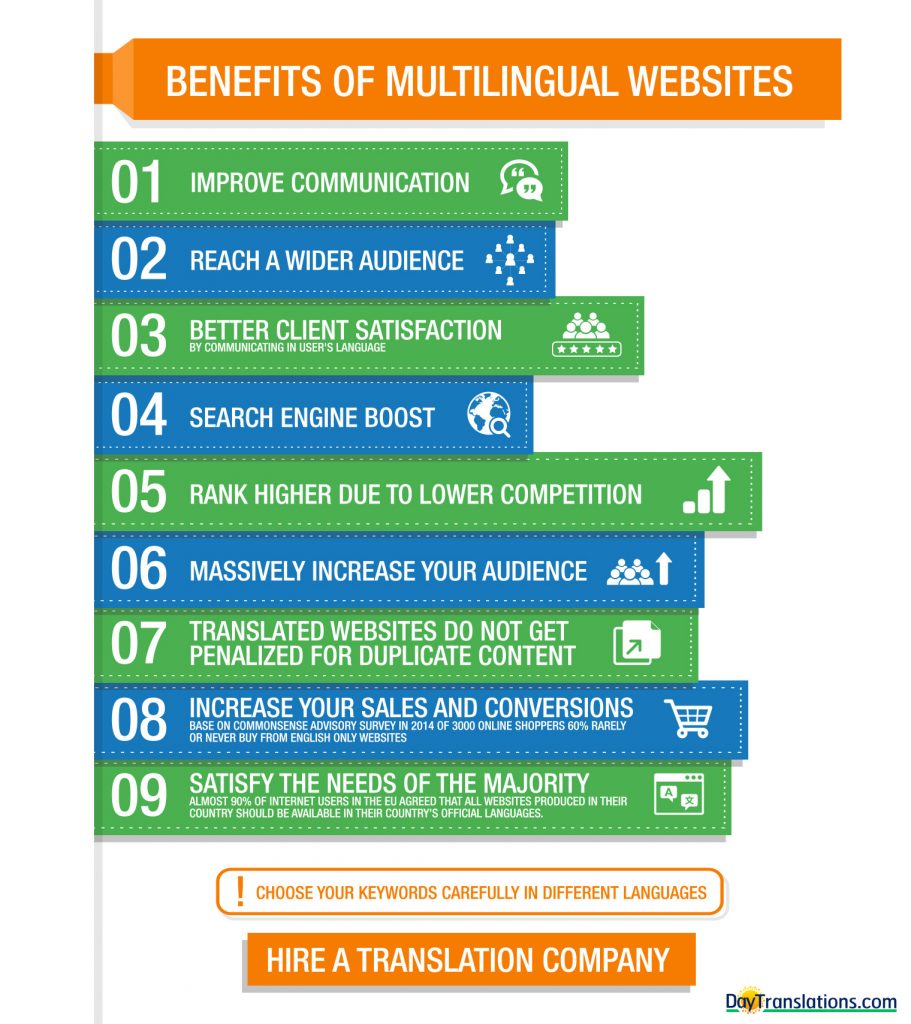If you’ve been paying attention to those in the know, you’ve probably heard the word “localization” being used a lot lately. But if you think that it only applies to large multinationals, you need a bit of an update. In today’s digital age, most company’s storefront window is their website. You don’t need a physical bricks and mortar business to sell your products. But you do need a speedy website with great functionality and a superior user experience.
And if you want to take on clients from all over the world, you’ll need to start website localization. You see, with the Internet bringing customers closer, you don’t have to be a multinational to reach clients in Uganda or users in France. But if you want to capture their interest (and their business) you’ll need to start speaking their language.
What Exactly is Localization?
Localization is not necessarily about adapting your offering for foreign customers. While the recipe for Coca Cola may change around the world, you may not need to make big changes to your time management software or porcelain china. Localization can apply to just about anything and, in this case, we’re talking about your small business website.
Many people get localization confused with translation. But, it goes much deeper than that. So, it’s not about adding a plugin to your website and translating it into different languages. If you want to do that, you may as well save yourself the effort. Why? Because people don’t like being spoken to as if they were robots. A translated message will read like a translated message, no matter how accurate it seems.
Website localization takes into account not only the language, but the audience, with the main goal of user experience. You can’t roll out a one-size-fits-all French version of your website to customers who live in different French-speaking countries. People residing in North Africa or the Caribbean have different climates, cultures, value systems and beliefs from your typical Parisian. Localization is about tapping into these correctly and capturing your target.
You’ll also need to keep in mind elements, such as images, icons, special offers, dates, weights and other formats. Colors have different meanings across the globe and images that work well for your home audience may be prohibited in some parts of the Middle East. The Chinese date format is year-month-day. Europeans use kilograms and centimeters. People living close to the equator won’t be tempted by your winter promo. These are all critical details, beyond the words that need to be kept in mind.
Does It Matter for Your Small Business?
Only 8.9% of all internet users globally are in the United States, so there’s a pretty large market out there potentially looking for your product. You need to help them find it. Website localization can get a little costly, especially when you do it well. But, bear in mind that it’s an investment, not a cost, and your efforts will be rewarded with greater sales and conversions, a wider audience and many other benefits seen below.
Image credit: https://www.daytranslations.com/blog/2016/12/top-9-benefits-multilingual-websites-8172
Even if you don’t plan on doing business outside the US, keep in mind the regional differences that occur on your home soil. People living in California don’t have the same attitude to life as those in New York. You can localize different landing page versions of your small business website to take this into account. Offer promotions to customers in Florida that are different from those in the ice-cold north.
Search Engine Optimization
Google places a lot of importance on local businesses in its new algorithm, so if you localize your different location pages, you have a much greater chance of being seen. Having a local office, phone number, or simply targeted content within the US, or overseas will all improve your SERP ranking.
When your content is optimized for local users, your organic reach will be greater. You take into account the search terms used by customers in any given region and search engines will help them find your page faster. Make sure that you look into site speed and functionality when localizing your website as well.
If working overseas, you’ll need a human translation service who use native local translators who can catch the nuances you need. Make sure that your site is not image-heavy and that you developers optimize it for speed around the world. Not all internet connections are created equal – but people have less patience globally, and a site that takes more then 2-3 seconds to load will see your bounce rate soar.
Website localization can be a massive project, depending on the languages you choose. So, start small. Check out your analytics and decide where you think demand will be the highest. Start with a couple of languages and roll out from there, as your sales increase, your budget will as well.

